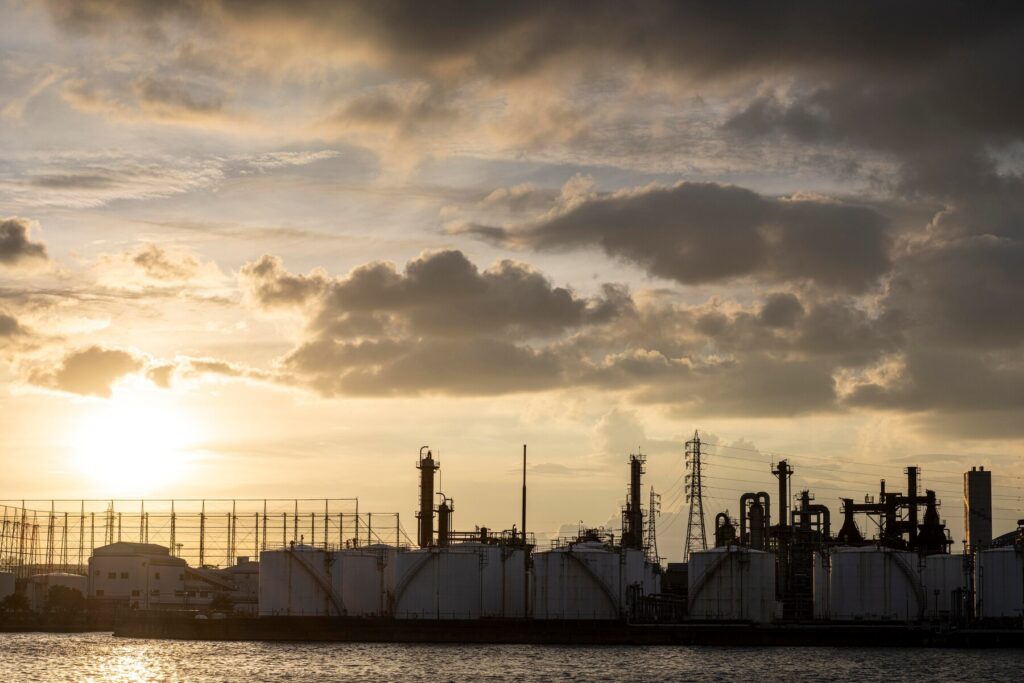The offshore oil and gas industry is growing rapidly, with offshore reserves often being much larger than those on land. This has driven more companies to develop offshore fields. As oil prices increase, offshore oil and gas production is also expected to rise significantly.
One of the biggest challenges for offshore rigs is finding a suitable, sustainable, and cost-effective power source. Offshore oil and gas wells often contain abundant resources, but supplying enough power to operate these rigs poses a unique challenge due to their remote locations. Below is essential information for those seeking reliable power solutions for offshore rigs.
Power Needs on Offshore Oil Rigs
A continuous power supply is crucial in the oil and gas industry, where numerous specialized, heavy-duty equipment requires power to operate. Key equipment such as cranes, hoisting systems, large engines, turntables, and pumps all need energy for drilling. Once oil extraction begins, continuous power is needed for production processes, including electric motors for rods that extract oil from wells and steam-powered machines that force oil up to the surface.
Additionally, offshore rigs must meet the energy needs of employees stationed on them. Generators must provide power for water desalination, washing machines, heating for cooking, and waste processing. Offshore rigs function like miniature cities, with multiple essential systems powered by reliable energy sources.
Diesel-Powered Generators – The Most Common Power Source
The most common way to power offshore oil rigs is through diesel-powered generators. However, diesel generators used offshore require special features and configurations. Offshore environments are harsh and variable, meaning these generators must be constructed with materials and coatings that withstand extreme temperatures, saltwater, and strong winds. They are also designed to require minimal maintenance, as it is challenging and costly to transport maintenance personnel offshore frequently.
Gas-powered generators are another option, though they are less commonly used due to higher operating costs and more demanding maintenance requirements than diesel generators.
Efforts to Improve Offshore Power Efficiency
Powering an offshore rig is costly. Diesel generators that power entire rigs can consume upwards of 20–30 cubic meters of diesel fuel per day. Therefore, increasing energy efficiency is crucial to reduce fuel usage and operational costs. Currently, there are two main strategies to enhance efficiency.
The first approach is to plan drilling operations efficiently. This includes evaluating mooring versus dynamic positioning for rigs, comparing electric versus hydraulic heave compensation systems, and integrating tools such as remote-controlled cementing heads to reduce rig-up time and energy consumption.
The second approach is to optimize diesel generator power management by running them at the appropriate load. Overloading a generator can lead to excess fuel consumption, while underloading can cause “wet stacking”—a condition where low engine temperatures result in unburned fuel buildup in the exhaust system. Wet stacking can significantly reduce a generator’s efficiency and lifespan.
Alternative Methods for Powering Offshore Operations
While diesel and gas generators are the most common power sources for offshore rigs, technology advancements are leading to new, more efficient power solutions.
One such method is subsea cables, which connect offshore rigs to onshore power sources. This method eliminates platform CO2 emissions, frees up space on the rig otherwise occupied by generators, reduces platform weight, and enhances safety and working conditions. Subsea cables are also easier to maintain than generators, with successful implementations at distances up to 200 kilometers offshore in several regions.
Another alternative power source for offshore rigs is offshore wind farms. Floating offshore wind turbines are being considered for installation in various offshore oil fields, and they could supply a substantial portion of energy needs while reducing CO2 emissions significantly. Similar to subsea cables, using wind power removes the need for onboard power generation, which increases space on the rig, reduces its weight, and improves safety.
Finally, wave-powered buoys are another emerging solution for powering offshore rigs. Wave energy harnessed through buoys can supply power for smaller operations, such as monitoring equipment. This energy can also be stored, providing a unique option for backup power in offshore settings.

